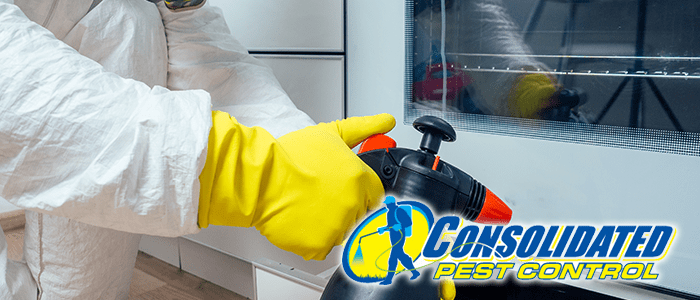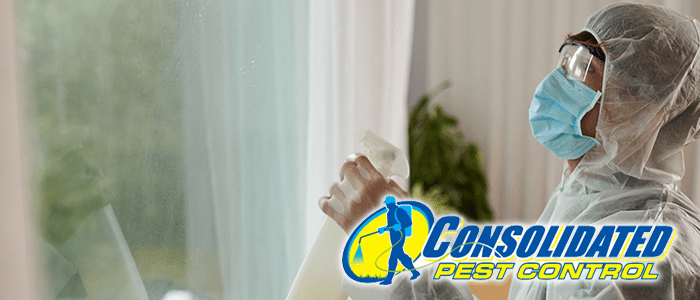
Healthcare pest control is extremely important. After all, no one wants to associate a healthcare facility with a pest infestation. Facilities need to be sanitary and comfortable for those who occupy them. For this reason, healthcare pest control is needed in every facility whether as prevention or removal. In this article, we’re looking at the necessities of healthcare facilities and pest control methods.
This article is meant to provide general information. If you are dealing with an infestation of pests and need pest control assistance, we’re here to help. Contact us today.
Everyone Notices A Bug
Healthcare facilities must be cautious when it comes to common pests. Government authorities can fine or shut down a facility that experiences a healthcare pest control problem that it can’t remedy. Rats, roaches and raccoons are not issues reserved for the food industry. If your facility throws away or serves food, not matter how small, local pests will find it. Instincts of a pest is to seek out more resources. That is what leads the pests into the facility. Several pests can carry diseases
Likewise, client reviews of the facility are equally as important. No matter the facility type, if you have a tiny roach scuttling through your lobby, the guests will notice. Pests have a gross factor that can be even more influential than a wow factor. Bad reviews can lead to lost business.
Healthcare Facilities Can Have Any Pest
No matter how clean or perfect a facility may look, it can still have all the healthcare pest control problems any other facility has. Keep in mind, pests are not picky. If there is an opportunity to thrive in an environment, pests will take it. That includes your typical bugs and even rodents. Biting pests, such as bedbugs and ants, can attack your patients or clients at their most vulnerable times. Certain pests can even aggravate pre-existing conditions such as asthma and allergies. Other times, pests can even bring in communicable diseases that can sweep through an entire facility. Unfortunately, problematic creatures such as cockroaches and rodents may go unnoticed until droppings are found in common areas. By that point, your facility may already have an infestation and need to be shut down for treatment. The key, of course, is prevention.
Prevention Plans Should Fit The Facility
Healthcare pest control should very from facility to facility. After all, there are no two facilities that are exactly the same. The environment outside of each building constitutes a different breeding ground for pests. An individualized pest healthcare pest control plan should be created based upon the needs of that facility. For instance, one facility may notice bites on its patients’ arms suggesting that they have a bed bug problem. Another facility may not have that issue. Therefore, the individualized healthcare pest control plan should take note of the difference and be prepared to treat for other pests.
As part of the individualized healthcare pest control plan, a pest control expert should be able to identify hotspots of pest breeding grounds within your facility. That technician should be able to identify any pest issue, thus treating it correctly. Ideally, there should be no pests present. The continued prevention plan should be used to ensure that those problems never arise.
If your home or business is in need of pest control services, our team is happy to help. Contact us today.








